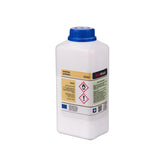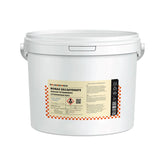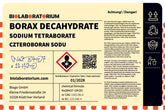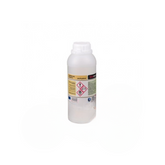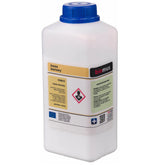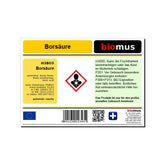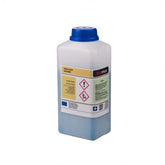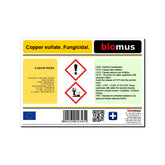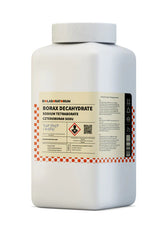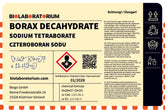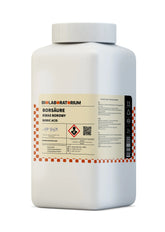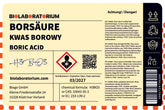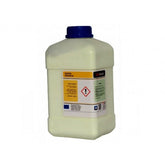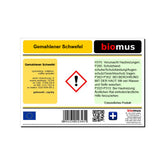Hydrazine sulfate – Versatile applications and important safety aspects
Hydrazine sulfate, also known as N2H6SO4, is a chemical compound used in a variety of industrial sectors. This salt has a number of interesting properties that make it an important component of modern technologies. In this blog post, we will take an in-depth look at the properties, applications, and safety aspects of hydrazine sulfate.
Properties of hydrazine sulfate
Hydrazine sulfate is a white, crystalline powder that is highly soluble in water. It has a relatively high density of 1.78 g/cm³ and a melting point of 254°C. Due to its chemical structure, which consists of hydrazine (N2H4) and sulfuric acid (H2SO4), hydrazine sulfate exhibits interesting redox properties.
An important property is the ability to bind and reduce oxygen. This process can be used for energy generation in fuel cells or as fuel in rocket engines. Furthermore, hydrazine sulfate is a strong reducing agent and can be used in various chemical syntheses.
Industrial applications of hydrazine sulfate
The versatile properties of hydrazine sulfate lead to a wide range of applications in industry:
Fuel in rocket engines
One of the main applications of hydrazine sulfate is as a fuel in rocket engines. Here, its ability to bind and reduce oxygen is utilized to generate thrust. Hydrazine sulfate is often used in combination with oxidizing agents such as dinitrogen tetroxide (N2O4).
Fuel cells
In fuel cells, hydrazine sulfate can also serve as fuel. Here, the redox process is utilized to generate electrical energy. This application is particularly interesting for mobile uses such as drones or vehicles.
Chemical syntheses
Hydrazine sulfate is used as a reducing agent in various chemical syntheses. For example, it can be used in the production of dyes, pharmaceuticals, or plant protection products.
Water treatment
In water treatment, hydrazine sulfate is used to remove oxygen from water. This process is important to prevent corrosion in pipelines and equipment.
Agriculture
In agriculture, hydrazine sulfate is used as a fertilizer. It can improve nutrient uptake in plants and promote growth.
Further applications
Furthermore, hydrazine sulfate is used in the textile industry, metal processing, and in laboratories as a reagent.
Safety aspects of hydrazine sulfate
Although hydrazine sulfate is versatile in its applications, great caution must be exercised during handling. Hydrazine, the main component of hydrazine sulfate, is a highly toxic substance that can cause serious health damage through inhalation, ingestion, or skin contact.
For this reason, strict safety measures must be observed when using hydrazine sulfate:
- Personal protective equipment such as protective gloves, safety glasses, and respiratory masks are mandatory.
- Storage and transport must be carried out in accordance with applicable hazardous materials regulations.
- In case of accidents or releases, emergency plans must be activated immediately and experts must be consulted.
- Disposal of hydrazine sulfate-containing waste must be carried out professionally and in compliance with environmental protection regulations.
Only through strict adherence to safety measures can the risk to humans and the environment be minimized.
Conclusion
Hydrazine sulfate is a versatile chemical compound with interesting properties. From aerospace to agriculture - hydrazine sulfate finds applications in numerous industrial sectors. However, handling this substance requires special precautions due to its toxicity. Only through consistent adherence to safety regulations can hydrazine sulfate be used safely and responsibly.
